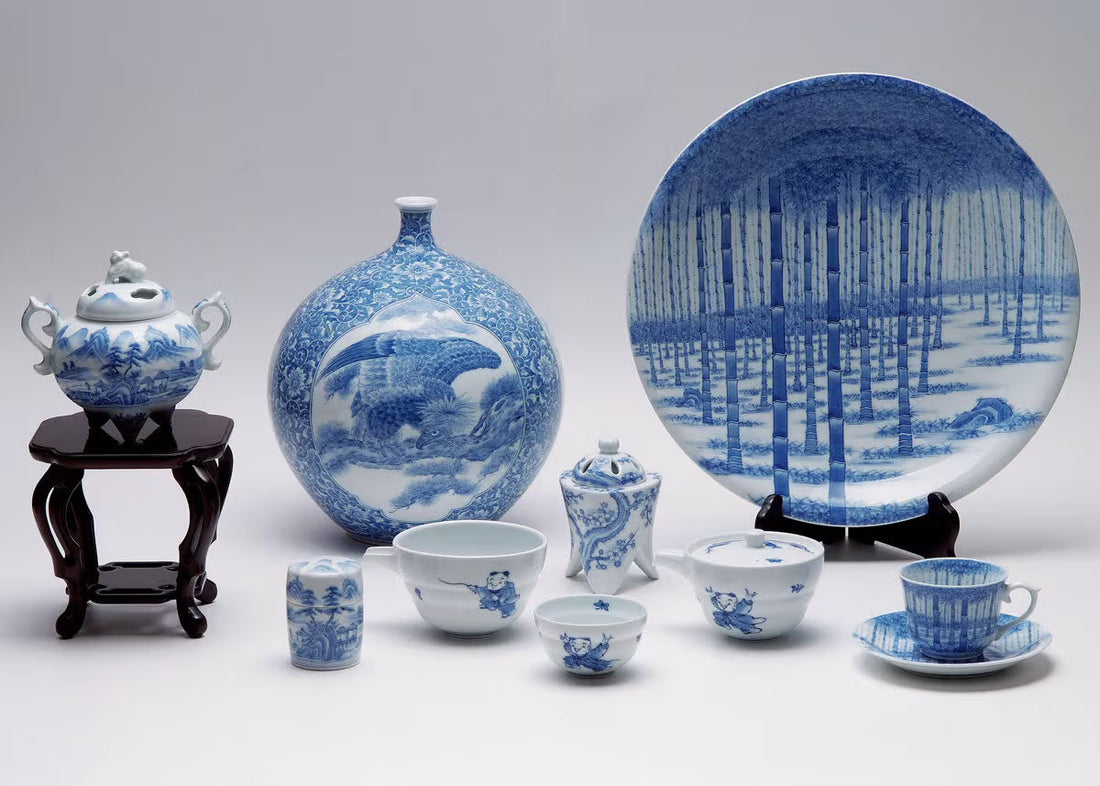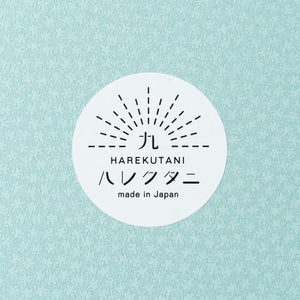
Discovering the Beauty & Benefits of Japanese Ceramics: A Deep Look
Share
Japan’s ceramics are more than just tableware — they carry centuries of culture, aesthetic subtlety, and handmade perfection. When you hold a piece of Kutani ware or a Mino ware bowl, you’re touching tradition. When you use it daily, you’re weaving rituals into ordinary moments. More people in Australia are embracing Japanese ceramics not just for decor but as meaningful, functional art. This post explores what makes Japanese pottery special, how to choose high-quality pieces, and how using them can enhance wellness and mindful living.
Japanese ceramics reflect geography, history and artisan hands. Mino ware, from Gifu prefecture, is prized for its glazes and durability. Kutani ware, from Ishikawa, often features striking colours and elegant painting. Every region has its techniques. Some pieces are stoneware; some porcelain. Many have glazing styles that subdue or amplify light. That texture when your lips meet the rim. The weight in your hand. These details matter much more than labels. When you choose ceramics, look for fine glazing (no crazing cracks unless intentionally part of design), balanced form, smooth rims, and natural, non-toxic materials.
In recent years, interest in “handmade ceramics Australia” and “Japanese pottery online” has grown sharply. People search for items that “feel real”, that carry imperfection as charm, that age well. Trends show that functions like tea bowls, rice bowls, sake cups, and plates for sharing are especially sought after. Those are pieces you touch, use, wash, see daily, not just display. Choosing pieces with visible craftsmanship adds intimacy to meals.
Beyond aesthetics, there’s wellness too. Using ceramics can slow you down. Having tea in a bowl instead of a mug, eating rice in a handcrafted bowl instead of a plastic container — these are small acts of mindfulness. They highlight texture, colour, even sound. They shape how we sense food and drink: the cool gloss of glaze on fingertips, the warmth radiating from a bowl, the gentle clink of porcelain. These engage senses in ways mass-manufactured tableware rarely does.
Matcha, for example, benefits physically and emotionally. It is rich in antioxidants, offers a calm form of energy, and is often tied to rituals of peace and reflection. When you pair matcha with ceramics that echo its heritage — a tea bowl made by hand, simple and imperfect — the ritual deepens. Preparing matcha becomes more than just brewing; it becomes meditative. Another rising interest is sustainable ceramics. Buyers want to know where clay is sourced, whether glazes are lead-free, if firing processes are environmentally kind. Besides style, environmental consciousness is driving choices. Pieces that are durable, repairable, timeless in design, help reduce waste. The Japanese aesthetic principle of wabi-sabi, which values imperfection and transience, ties in here naturally.
If you are considering bringing Japanese ceramics into your life, start with a piece you’ll use often. A teacup, a small bowl, a plate for desserts. Pieces that let you appreciate glaze variations and craftsmanship. Clean them gently by hand; avoid harsh detergents when possible. Display a favourite piece where light can fall across it, allowing shadow and gloss to reveal texture.
Investing in quality doesn’t always mean spending more; sometimes it means knowing where to look. Local Japanese retailers, importers who care about authenticity, makers who share their process. When you understand glaze types, clay bodies, firing temperatures, you start appreciating what justifies price. Even packaging matters: wrapping in Japanese washi, the care with which it’s shipped, speaks to respect for craft.
Using Japanese ceramics enriches homes, meals, daily rituals. They remind us that beauty need not be grand; it can come quietly, in the bowl from which we eat, the cup from which we sip. As ceramics bridges art, utility, culture and mindfulness, it offers so much for those who pause to choose, to feel, to live with intention.












